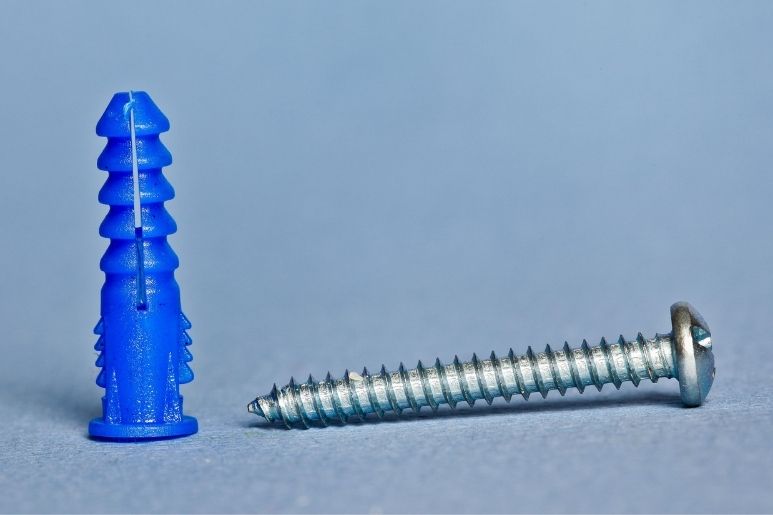
Drywall Anchors: What They Are and How To Use Them
If you’re building a home from scratch, it is an option to attach heavy-duty brackets to exposed studs before covering them. However, when hanging shelving and items on drywall, you should always use an anchor. A drywall anchor is a small plastic piece that can be found in most drywall kits. Also known as expansion anchors, they expand and push against the drywall to serve as extra support for the screws driven into them. Understanding drywall anchors, what they are, and how to use them will help you mount whatever you like more securely.
Pick Your Anchor
Before beginning, you’ll want to pick the anchor for your job based on the weight of the item you’re hanging. For items that are ten pounds or less, use a sleeve anchor. Ten to twenty-five-pound items should use a self-drilling threaded anchor. For items that are twenty-five to fifty pounds, molly bolts or toggle bolts are ideal. Items that are over fifty pounds should use toggle bolts or be screwed directly into a stud. Right On Bracket offers heavy-duty shelf brackets that can be mounted to studs or attached to drywall with anchors.
Mark Your Points
Before putting holes in the wall, you’ll want to use a pencil to mark the points where you’ll be drilling and implanting anchors. Be sure you are measuring the necessary distances before beginning. You’ll also want to use a level tool to ensure your points are, in fact, level. It may help to measure from the ceiling to where your points are to see if the distances are equal.
Drill Pilot Hole
There are many tools that can be used to drill a pilot hole. Making a pilot hole is ideal because less wedge takes place, and it reduces the chances of material splitting or being pushed aside in an attempt to make room for the screw.
Typically, a pilot bit comes with an anchor set. If it doesn’t, the anchor’s packaging should tell you which size drill bit to use. If it is necessary to use a toggle bolt, you’ll want to drill a hole that’s large enough to allow the toggle bolt to slip through even in its folded position. Follow manufacturer instructions to be safe.
Mount the Anchor
To mount the anchor, you’ll insert it into the pilot hole, gently tapping it into place until the head of the anchor is flush with the wall. It’s best to use a rubber mallet or a small finish nailer; nothing too heavy or sharp should be used.
Set the Screw
Once your anchor is in place, use a screwdriver or slowly drill a screw into the anchor. You don’t want to overdrive it, so it’s recommended to do this work by hand when possible. In the event that you need a molly bolt, tightening the bolt in the sleeve to the molly will cause an expansion of the legs outward into the other side of the drywall. Once the molly bolt is tightened, the screw can be backed out of the sleeve and you can hang items directly on the head of the screw.
A toggle bolt drywall anchor will require the bolt to be put through the bracket that’s being attached to the wall. The toggle will then be threaded onto the bolt, ensuring the tips are facing the screw head. Then squeeze it closed and jam the toggle and bolt through the wall. Once through the wall, it will expand and grip the backside of the wall, enabling you to tighten it.
The different techniques associated with drywall anchors, what they are, and how to use them truly depend on what you’re hanging and how heavy it is. Most likely, heavier items are going to be more fragile and expensive, so you want to make sure they are stable on their shelving. Drywall anchors are designed to do exactly that—anchor into the wall. Following guidelines for the best types of anchors to use for a project and proper installation are essential.


